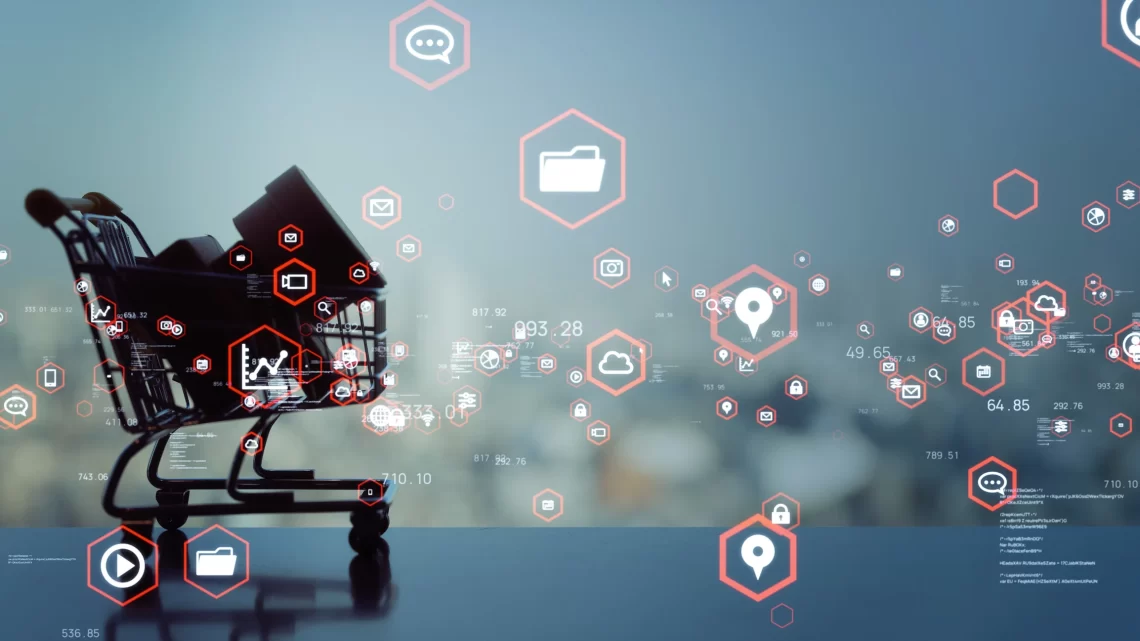
The Future of Ecommerce Trends and Predictions
January 10, 2024Ecommerce has gained traction due to technological innovation, easy scalability and increased internet penetration. It offers a wide range of benefits such as faster and more secure transactions, one-click payments, and easy shipping options.
It also enables DTC brands to engage directly with customers. This is a major advantage, especially in the age of COVID-19.
AI-powered chatbots
AI-powered chatbots improve the customer experience by streamlining workflows and providing customers with personalized, proactive service. They can answer basic questions and even help users navigate complex products.
Unlike rule-based chatbots that use predetermined answers, AI-powered chatbots use natural language processing and machine learning to understand the intent of a user’s question. For example, when a customer asks about the weather forecast for tomorrow, an AI-powered chatbot will correctly interpret that request as “what’s tomorrow’s weather lookin’ like?”
While some customers may have a hard time accepting chatbots, they are becoming more and more common in e-commerce. However, it’s important to note that chatbots should not replace human customer support. In fact, the best AI-powered chatbots include fallbacks that connect customers with human customer support reps to help resolve any issues that the bot cannot handle. They can also be integrated with CRM or ecommerce platforms to retrieve customer data and provide personalized solutions. This saves time, reduces operational costs, and increases revenue opportunities.
Q-commerce
Q-commerce companies provide convenient, time-saving options that make it easier for customers to purchase goods online. These companies use dark stores and micro-fulfillment centers to ensure that orders are delivered within an hour.
These businesses are becoming more popular because of their unique value proposition and convenience. According to a study by Deloitte, 50% of consumers during the Covid-19 pandemic paid extra for convenience services like on-demand fulfillment and buy online pick in-store options.
In addition to convenience, q-commerce offers other benefits that can improve the customer experience. It can also help reduce inventory and shipping costs by focusing on the products that are most in demand. It can also be a great way to employ last-mile delivery personnel and increase brand loyalty. It’s important to note that q-commerce is still a relatively new business model, but it has the potential to become a mainstream solution for online shopping. This is because consumer demands for instant, customer-centric service are growing exponentially.
Omnichannel retail
A savvy omnichannel approach focuses on building strong customer relationships that cross channels. This approach makes it easy for customers to find and buy products regardless of how they shop. It’s a necessity in today’s commerce world.
Omnichannel retail is not just another buzzword, but a business strategy that improves the customer experience and drives sales. Omnichannel strategies allow businesses to use data to connect with their customers in meaningful ways across multiple touchpoints.
For example, Nordstrom tracks product pins on Pinterest to understand what items are popular with shoppers and then promotes them in brick-and-mortar stores. Similarly, BigCommerce allows customers to easily purchase in-store and online with our buy online pick up in store functionality.
These are just a few of the many ways to create a seamless and consistent shopping experience for your customers. To learn more, check out a free demo of BigCommerce’s unified commerce solution. We’ll show you how to improve the customer experience with a simple, yet powerful tool.
Voice shopping
Voice shopping is a new ecommerce trend that allows customers to purchase products by using their voice and a compatible smart device. This convenient shopping experience is quickly becoming a staple for many consumers.
Moreover, it is highly personalized. For example, the device can remember previous purchases and reorder items automatically. It can also recommend new items and offer coupon codes and discounts. This feature is especially useful for grocery stores and other retail businesses that want to increase their sales.
Regardless of the industry, it’s crucial for brands to stay on top of new trends and technologies. The ones that can implement them quickly will be able to outpace their competitors and become future ecommerce leaders. By staying on top of these new trends, you can improve your customer’s buying journey and boost your revenue.




